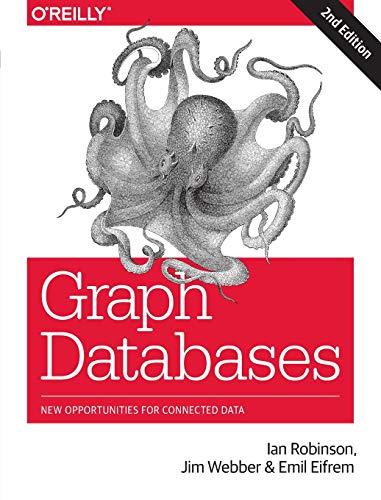Answered step by step
Verified Expert Solution
Question
1 Approved Answer
breq r 1 s 0 0 s 1 0 acq r 1 req r 2 s 3 0 acq r 2 s 4 0 rel
breq r
s
s
acq r
req r
s
acq r
s
rel r
req r
s
rel r
s
s
s
s
s
rel r
p
acq r
s
s
s
s
rel r
req r
s
s
$
s
acq r
s
s
If p now requests r the cycle closes and both processes become blocked in s State s is a deadlock
aptions
state.
Initially, in state s no resources are allocated to either p or p
When p is not using any resources, p can repeatedly request, acquire, and release both r and r in the specified order.
Similarly, when p is not using any resources, p can repeatedly request, acquire, and release both r and r in the specified
order.
When p and p execute concurrently, other states can be reached, each representing a different snapshot of requests and
allocations by the two processes.
In state s p is holding both r and r p has not taken any action and thus has no edges to either resource.
If p now requests r p becomes blocked in state s because r is already held by p and cannot be acquired by p No horizontal transition out of s exists.
When p releases r both processes are again unblocked in state s
p can now acquire r and request r becoming blocked again in s
If p now requests r the cycle closes and both processes become blocked in s State s is a deadlock state.
Step by Step Solution
There are 3 Steps involved in it
Step: 1

Get Instant Access to Expert-Tailored Solutions
See step-by-step solutions with expert insights and AI powered tools for academic success
Step: 2

Step: 3

Ace Your Homework with AI
Get the answers you need in no time with our AI-driven, step-by-step assistance
Get Started


